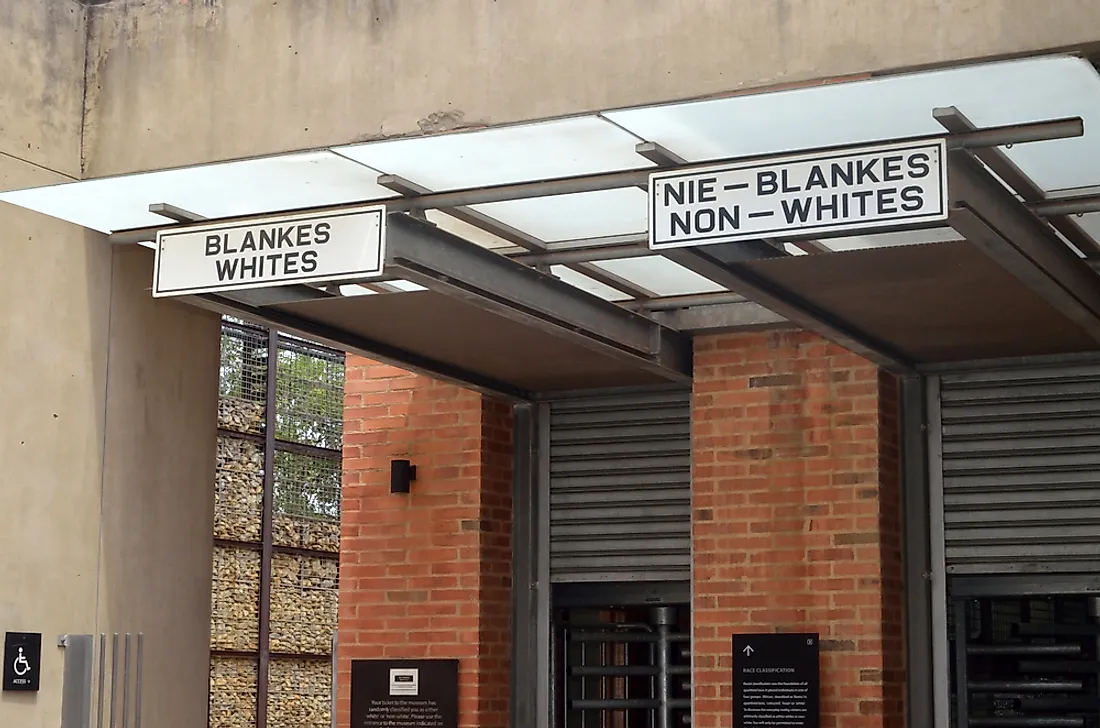What Was Apartheid?

Apartheid was a system of politics and social life while South Africa was still under the rule of the white minority. The system involved the segregation of people based on race and it began in 1948 after the National Party obtained power which lasted until the early stages of the 1990s. In Afrikaans, the word “apartheid” translates to "separateness" or simply “apartness.” Prior to the system’s beginning, racism and racial segregation was a common theme. However, under apartheid, the system was much more systematic and stricter. Essentially, the system supported something called baasskap (white supremacy) and the repression of non-white South Africans.
Apartheid can be grouped into two types: namely petty and grand apartheid. Petty apartheid involved small things such as different facilities and events for different races. On the grand scale, apartheid was more brutal as it involved things like laws dictating where different races could live, work, and more.
The Goals And Workings Of Apartheid
The main goal of apartheid was the separation of South Africa into small nations based on their races. For example, black nations were known as Bantustans. The white people lived in the richest areas of the country such as the gold mines at Johannesburg. However, since white men were considered to be superior to non-whites, black men were forced to work in the mines. These people worked for a pittance under harsh conditions while their families lived far away.
During that period, there were four groups of people based on race as was stated in the law. White people had it the easiest while non-white people, especially black people, suffered the most. For example, white people had access to some places while black people needed special papers or passes to gain access. In fact, it was common to see several posters written in English and Dutch giving white people access to certain areas while restricting non-whites. Other laws under the system included a ban on interracial marriages, a ban on land ownership by black people, banning black people from voting, and many others.
Protests
Naturally, a lot of people and international bodies did not agree with the horrors that black people had to endure, which is why several black leaders like Nelson Mandela came to the forefront. These leaders organized several protests and similar activities such as major protests in Sharpeville (1960), Soweto (1976), and others. Unfortunately, in the Sharpeville protests, many black people (between 5,000 and 7,000) were massacred, which is why the UN intervened and attempted to remove South Africa from the organization. France, the US, and Britain blocked these attempts.
The End Of Apartheid
The end of the system began in 1989 after F. W. de Klerk was elected as the seventh President of South Africa. Under his leadership, the government began to actively end apartheid as well as release Nelson Mandela from prison. One of the ways his government ended apartheid was the signing of the 1991 National Peace Accord that was created by the UN. Later on, in 1994, Nelson Mandela became the first black president. Unfortunately, the effects of the system are still felt today as data shows there is massive inequality in the country of South Africa.











